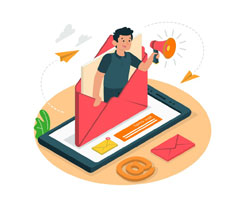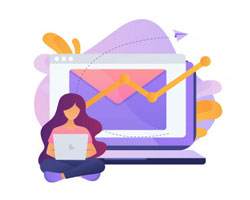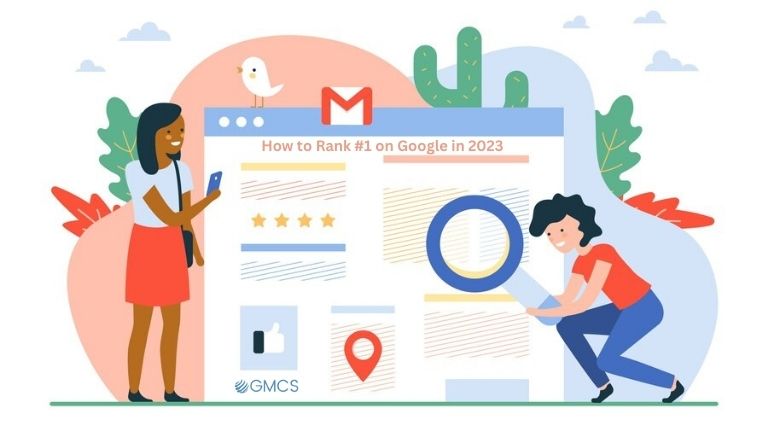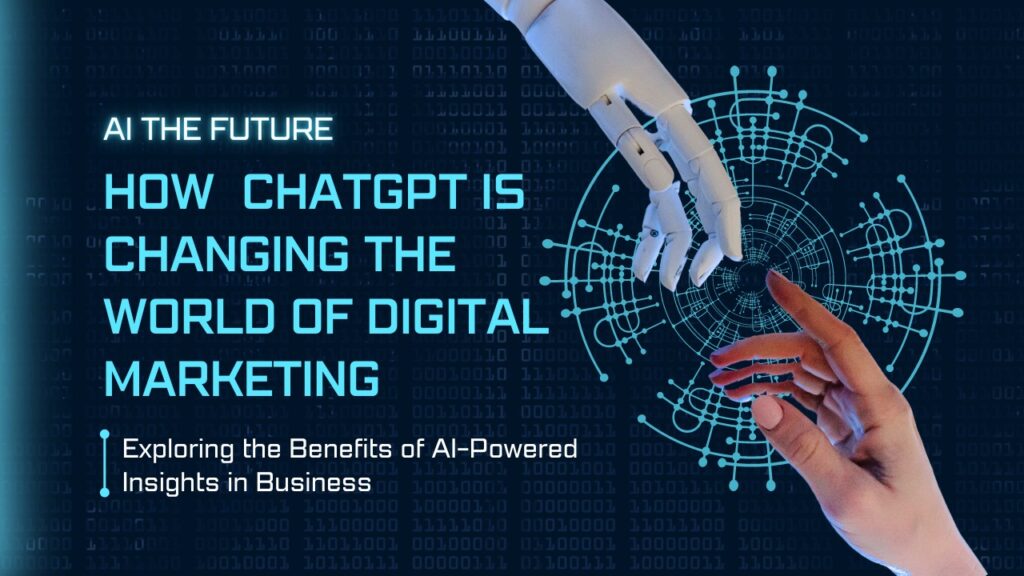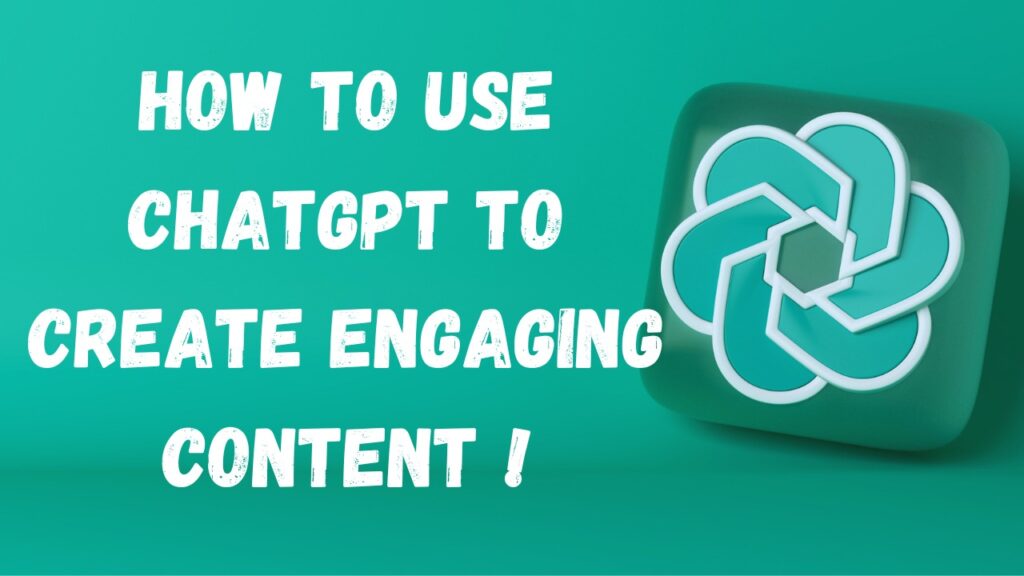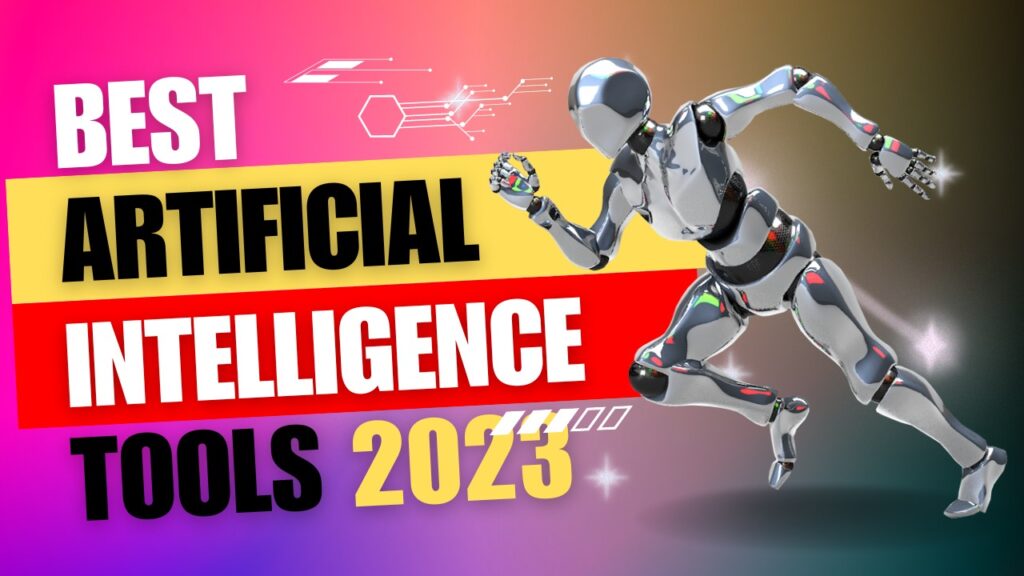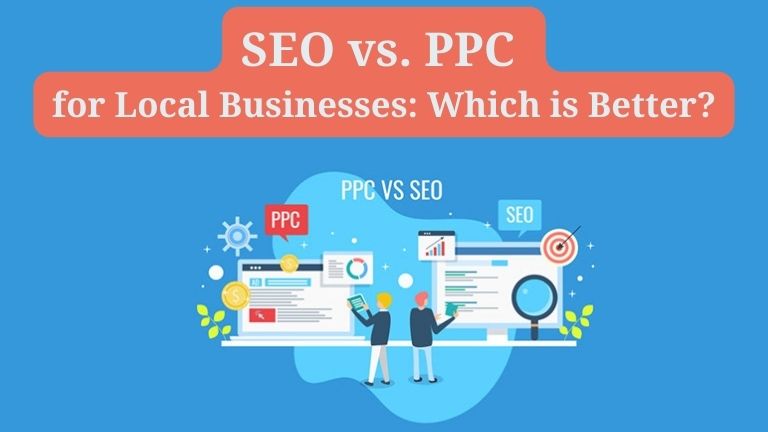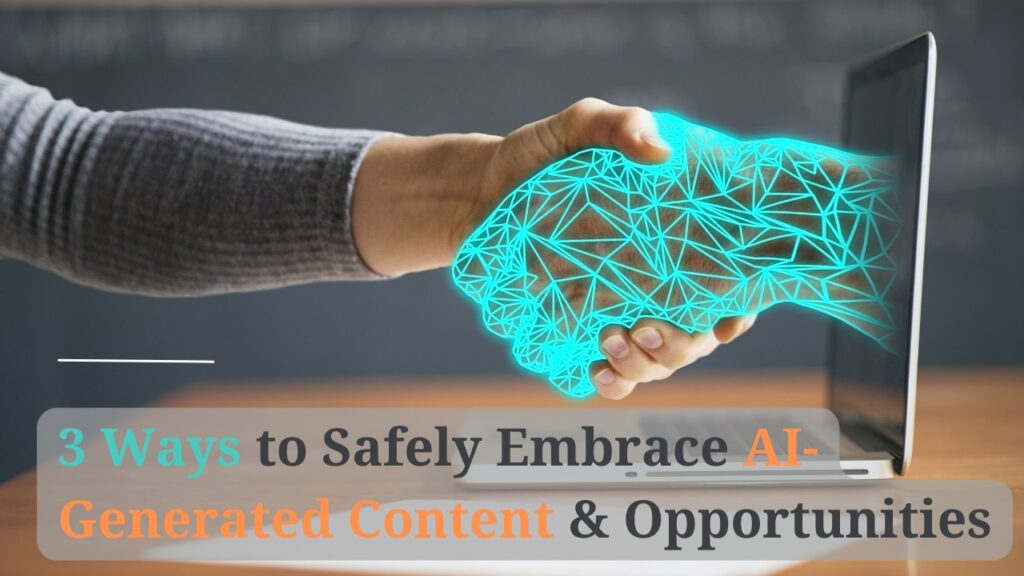How to Rank #1 on Google in 2023
Welcome to the world of digital marketing, where ranking #1 on Google search results is the ultimate victory. It’s 2023, and as we adapt to the changing dynamics of remote work, optimizing your website’s ranking has become more crucial than ever. Trust me; getting to the top of the first page of Google search results is like winning the lottery, only better because it guarantees exponential growth for your business. Working remotely means you must maintain brand visibility, and an excellent ranking on Google is one way to achieve that. As businesses continue to adopt remote work models, the competition for online real estate is at an all-time high. Therefore, it’s essential to stay updated on Google’s algorithm updates, create quality content that aligns with your business goals, and leverage technology tools to remain productive while working from home. In the battle for visibility and attention, SEO is your most valuable asset. Understanding Google’s Algorithm We all know that Google’s algorithm is the key to achieving top rankings on search engine result pages (SERPs). But how exactly does it work? Well, for starters, Google uses crawlers that analyze your website’s content, coding, and structure. These crawlers look for specific keywords, metadata, and backlinks to determine your website’s relevance and authority. But it’s not just about stuffing your website with keywords. In 2023, SEO trends are pointing towards a shift in focus towards quality, targeted content. This means creating content that is tailored to specific audiences and provides real value. So, how can you ensure your content stands out from the crowd? Well, it’s all about understanding your target audience and their pain points. By addressing these specific needs and providing unique, useful insights, you give yourself the best chance of ranking highly on SERPs. Another key aspect of Google’s algorithm is the importance of backlinks. In simple terms, backlinks are links from other websites to your own. The more high-quality, authoritative backlinks you have, the more Google considers your website trustworthy and reputable. In conclusion, understanding how Google’s algorithm works is essential for anyone looking to achieve top search rankings. By creating quality, targeted content and building a strong backlink profile, you give yourself the best chance of success. Adapting to the Remote Workforce With the global pandemic situation, remote work has become an essential part of our professional lives. Working from home has brought in its share of challenges and advantages that we need to adapt to and overcome. One of the biggest advantages of remote work is the flexibility it provides. You can manage your work-life balance better as you save time that you would have otherwise spent on commuting. However, it is not easy to maintain work-life balance when work and home are the same place, and this is where having a designated workspace can help. Another challenge of remote working is the lack of social interaction that you may have had in the office. This can lead to a feeling of isolation, but the good news is that we have technology that can help us stay connected. Having virtual meetings where you can see and interact with colleagues can help in maintaining the human connection that we all need. Cultivating efficient work habits is crucial when working from home. When you’re in the office, you don’t have distractions from household chores, kids, pets, etc. But when you work from home, it’s easy to get sidetracked by these things. Setting up boundaries and creating schedules can help establish a better work routine. Fortunately, there are many technology tools and strategies that help you stay organized and productive when working remotely. Applications like Slack, Zoom and Trello help you stay connected and manage your tasks efficiently. Online calendars can help you keep track of your schedule and ensure you don’t miss any deadlines. In conclusion, remote work is here to stay, and even when the pandemic is over, it is likely to remain a viable option for many organizations. By adapting to the remote workforce, we can overcome the challenges it presents and enjoy the flexibility and convenience that come along with it. By cultivating efficient work habits and using technology tools to stay connected and productive, you can create an ideal work environment at home. Optimizing Your Website for 2023 and Beyond Optimizing Your Website for 2023 and Beyond With the increasing number of people using mobile devices for browsing the internet, having a mobile-friendly website is essential in improving your SEO ranking. Google has also started placing a higher emphasis on website accessibility and inclusivity, so it’s crucial to ensure that your website caters to everyone, including those with disabilities. The integration of artificial intelligence (AI) and machine learning (ML) has changed the SEO game. These technologies help to better understand user behavior, leading to more targeted search results. To optimize for these technologies, it’s essential to ensure that your website content is of high-quality and caters to the user’s search intent. With Google consistently tweaking and updating its algorithm, it’s essential to keep up with the trends and identify ways to continuously optimize your website. But don’t forget that user experience remains at the core of every optimization strategy. A website that offers a seamless browsing experience will always be more attractive to both users and search engines. So, when updating your website, ensure that it is mobile-friendly, accessible, and inclusive. Be mindful of any changes in SEO trends and incorporate AI and ML technologies where possible. But above all, keep the user experience at the forefront of your mind. Also read about How Video content increase website traffic Content is (Still) King We’ve heard it before, we’ll hear it again – Content is King. But what does that really mean in 2023? With so many businesses competing for the top spot on Google, it takes more than just good content to rank well. You need a content strategy that aligns with your business goals. Are you aiming to drive more sales? Increase brand
